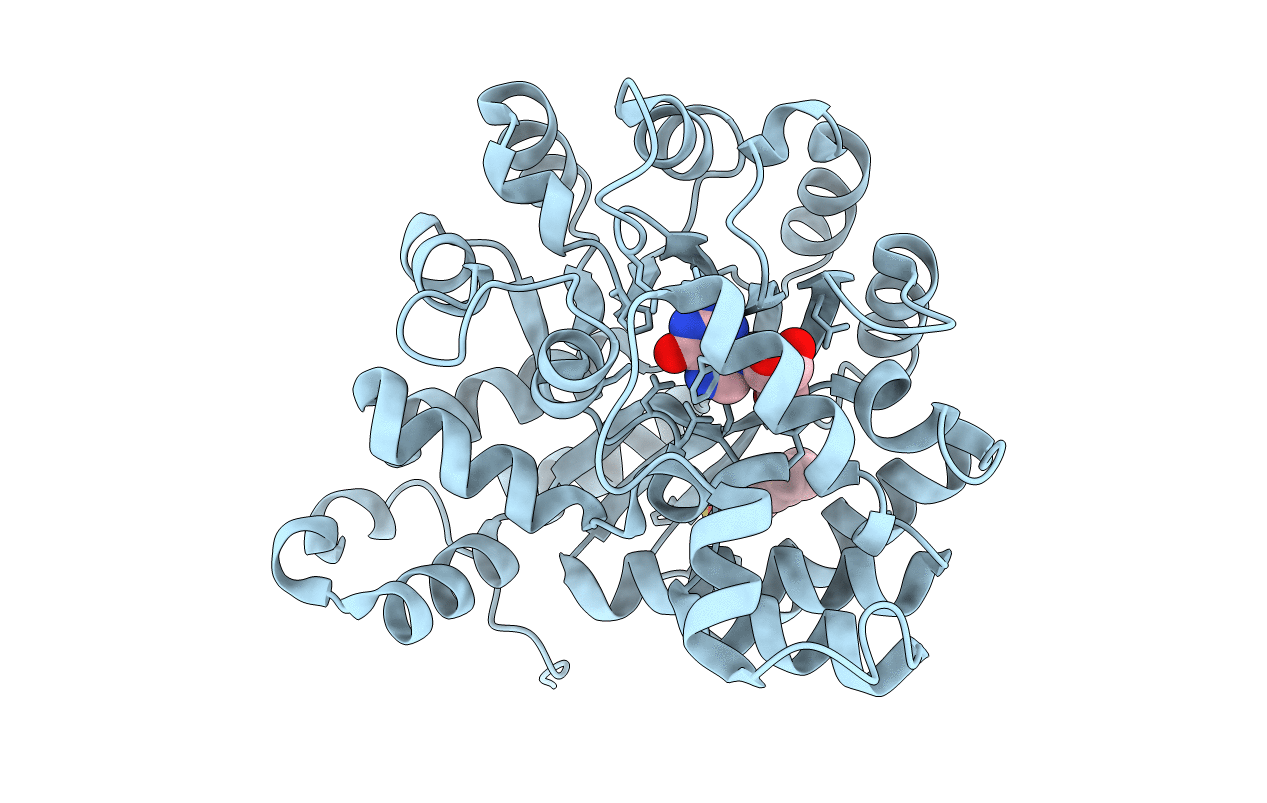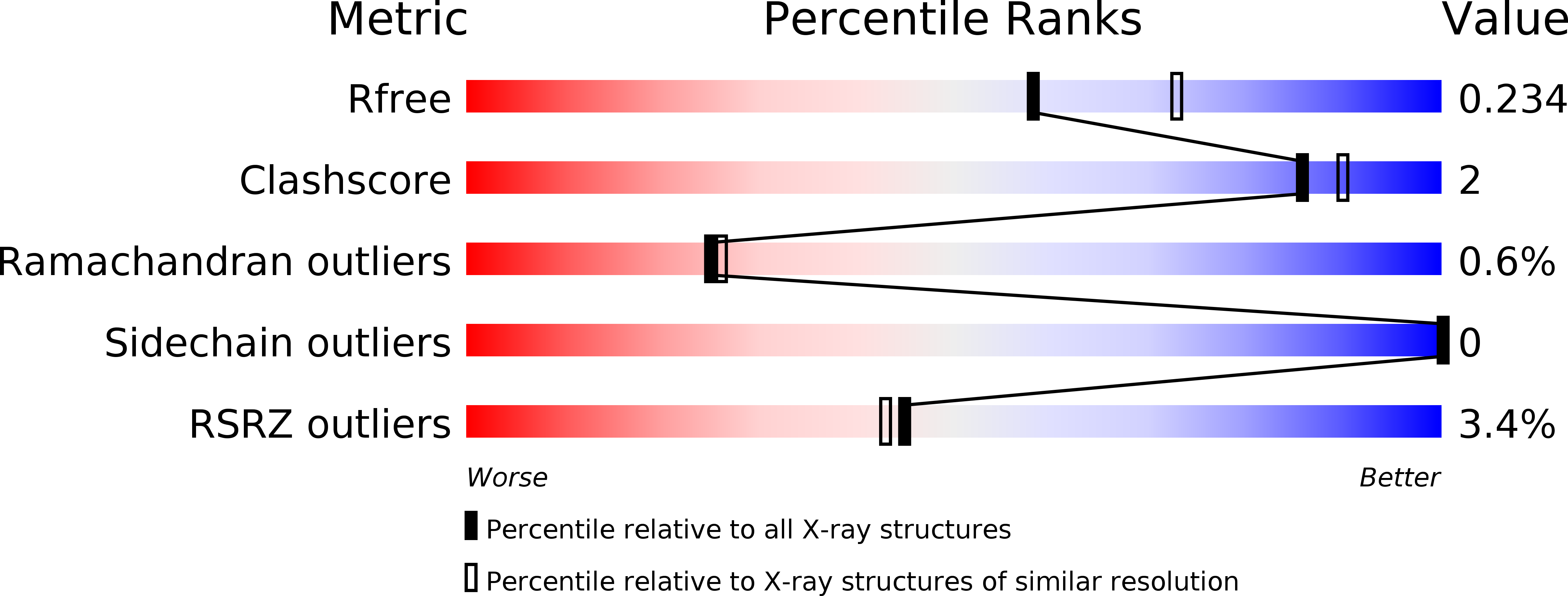
Deposition Date
2007-08-08
Release Date
2007-09-04
Last Version Date
2024-11-13
Entry Detail
PDB ID:
2QVN
Keywords:
Title:
Crystal structure of adenosine deaminase from Plasmodium vivax in complex with guanosine
Biological Source:
Source Organism:
Plasmodium vivax SaI-1 (Taxon ID: 126793)
Host Organism:
Method Details:
Experimental Method:
Resolution:
2.19 Å
R-Value Free:
0.23
R-Value Work:
0.17
R-Value Observed:
0.17
Space Group:
C 2 2 21


